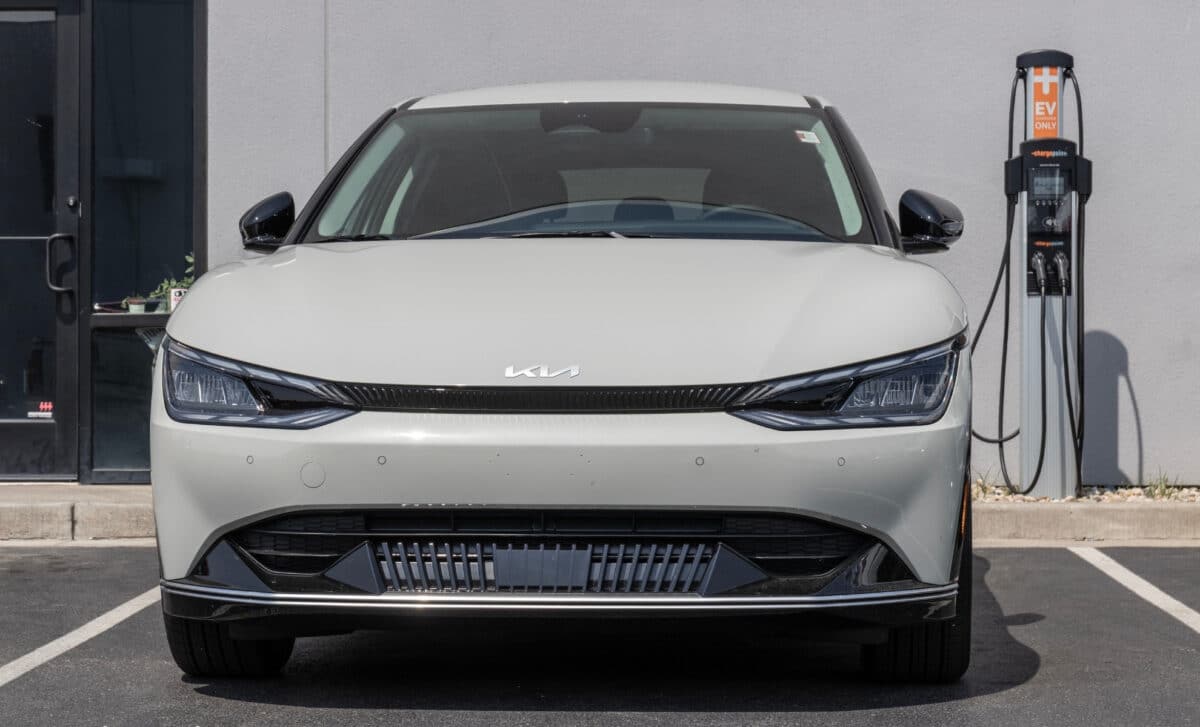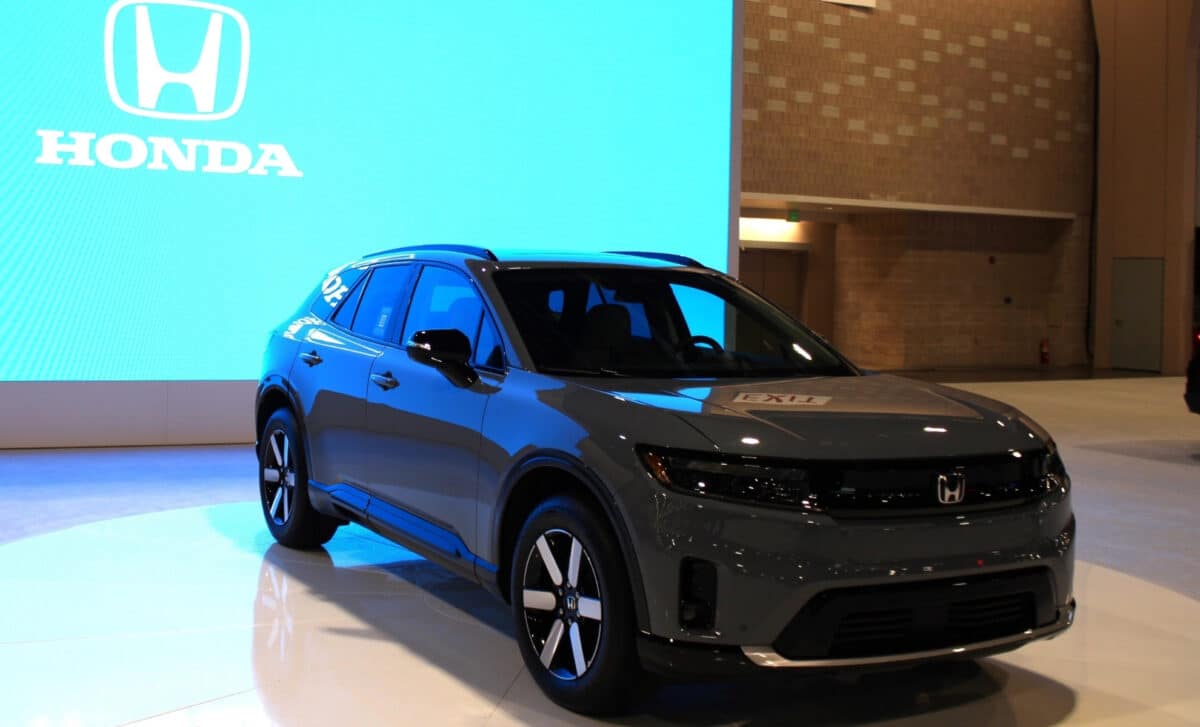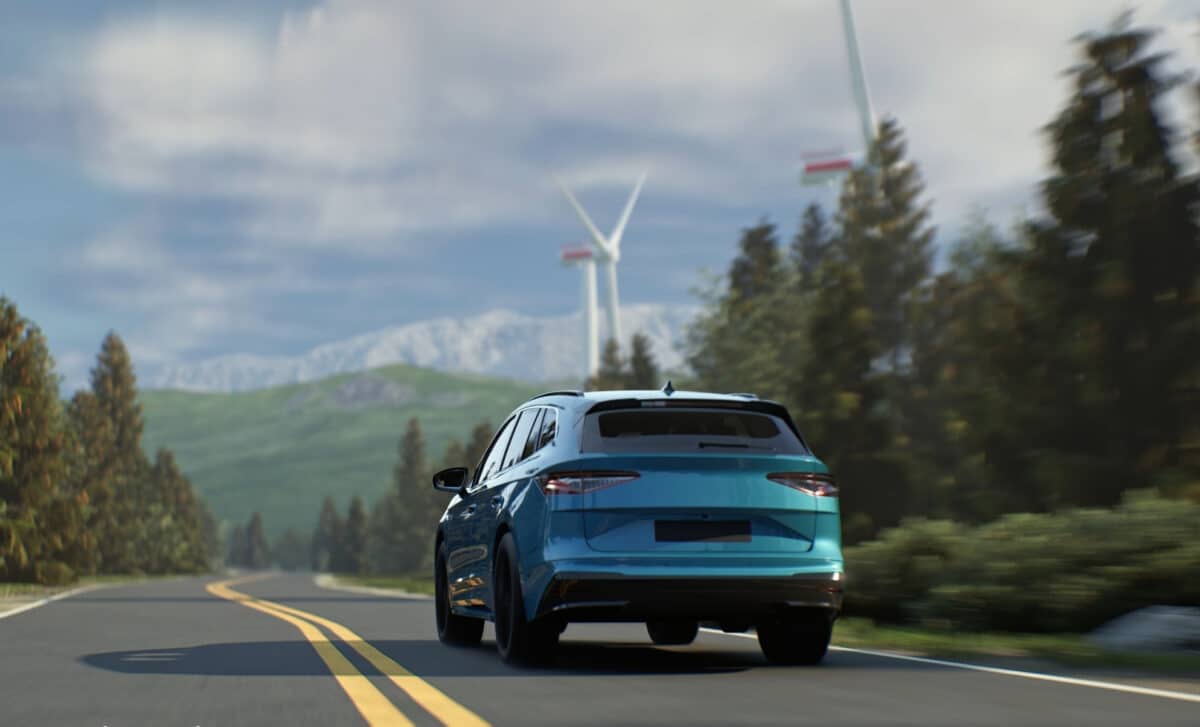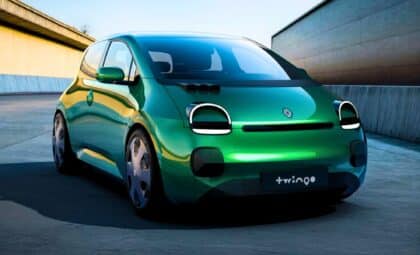Flagship EVs like the Hyundai Ioniq 5, Kia EV6, and Honda Prologue saw year-over-year drops of more than 60 percent, signaling a sharp correction in the market.
The data, drawn from the few automakers that report monthly figures, paints a clear picture: October marked a turning point. After a September rush triggered by the expiring credit, the EV market fell off a cliff. It’s a jarring shift for brands that had banked on consistent growth through federal incentives.
The tax credit had acted as a pricing cushion, especially for newer EVs trying to compete in a tightening market. The expiration at the end of September pulled demand forward—leaving October exposed. Not all manufacturers publish monthly data, but for those that do, the drop was swift and unmistakable.
Korean Brands Suffer Steep Declines
Hyundai and Kia were among the most affected. The Hyundai Ioniq 5, which had been the fifth-best-selling EV through Q3 2025, fell 63 percent year-over-year. The company sold only 1642 units in October, down from 4498 the same month last year. The Kia EV6 dropped 71 percent to just 508 units sold. Even luxury sibling Genesis struggled: the GV60 saw a 54 percent decline, delivering just 93 units.
Other models followed the same trend. The Hyundai Ioniq 6 dropped 52 percent to 398 units. The newer Ioniq 9, which had topped 1000 units in previous months, fell to 317. Its Kia counterpart, the EV9, dropped 66 percent to 666 units. The Genesis Electrified GV70 plummeted to just 15 units sold—down from 154 the year before.
These sharp declines come after strong Q3 performances. The sudden drop following the tax credit expiration suggests demand was heavily incentive-driven, not sustained by organic market growth.

Honda’s EV Strategy Faces Questions
Honda also took a significant hit. Its Prologue SUV, which had sold 4130 units in October 2024, registered just 806 units last month—a dramatic 81 percent fall. The company has yet to release any information about the Prologue’s 2026 model year, casting uncertainty over its future.
According to Car and Driver, Honda recently pulled the plug on the Acura ZDX after a single year. With little communication from the brand on its forward EV strategy, both consumers and dealers are left guessing. The lack of clear direction may be compounding the sales slump, particularly in a segment that relies on buyer confidence and long-term product support.

Ford Shows Resilience, but Trends Downward
Among the few brands that avoided dramatic losses, Ford still saw a consistent drop across its EV lineup. The Mustang Mach-E slipped 12 percent to 2906 units sold. The F-150 Lightning, its electric pickup, was down 17 percent to 1543 units. Meanwhile, the E-Transit van suffered a 76 percent fall, with only 260 units delivered in October.
While not as severe as others, Ford’s performance still reflected the post-incentive market shift. Even well-known EVs with broad dealer support are showing signs of vulnerability without the pricing advantage of federal aid.
Several major automakers—including GM, Toyota, Nissan, and Volkswagen—only report quarterly results, leaving gaps in the full October picture. Tesla and Rivian don’t break out individual model sales, further limiting visibility. But the sharp declines seen in four of the top 10 EVs through Q3 suggest this isn’t an isolated drop. Whether this signals a one-month reaction or a broader stall in EV momentum will depend on how the market closes out the year.









